Coincidentally, May is bustling with many works that inspire through personal stories. In addition, historical research books from the past to the present are also back with many attractive titles, for a variety of audiences.
The Pacific Barrier - Marguerite Duras
As one of the first works of the famous French female writer with the novel The Lover, The Pacific Barrage (original title Un barrage contre le Pacifique) published in 1950 was largely inspired by the author's own childhood in Indochina, so the book carries many autobiographical elements.

The Pacific Barrier novel and writer Marguerite Duras.
The work is set in the 1900s, a young French couple boarded a ship to Indochina to start a business with the hope of changing their lives. In the colonial land, the husband unfortunately passed away while their two children born in Vietnam were still young. The wife worked hard by teaching French and playing the piano for 10 years at the Éden-Cinéma (Saigon), then saved money to buy a plot of land to grow rice. Without any bribes to the land officials, she only received a piece of bad land, flooded during the high tide season, unable to grow anything. In this work, the symbol of the dam seems to imply the desperate efforts of humans in the face of an unpredictable ecosystem, in the face of the cruelty of this fate...
The House on Mango Street - Sandra Cisneros
Sandra Cisneros is a Mexican-American author famous for her contributions to the country's literature and is read by readers around the world . Her debut work The House on Mango Street has resonated everywhere, the work is praised by critics, loved by readers of all ages, included in the curriculum at all levels from elementary to university and translated into many languages.

The House on Mango Street novel by Sandra Cisneros.
This is the story of Esperanza Cordero, a young girl growing up in a Latino neighborhood in Chicago. Through a series of stories that are sometimes heartbreaking and sometimes humorous, Mango Street appears as a dilapidated place with rickety houses, and at the same time, Esperanza discovers the harsh truths of life: the constraints of class and gender, the haunting of racial hatred... Overcoming the hopelessness of the suffocating yet equally beautiful situation around her, Esperanza has created for herself "a house of my own... quiet as snow, a place to let go".
Three Acts - Jon Fosse
The three-act play is a haunting and heartbreaking tale of love and violence with powerful biblical metaphors, set on the barren coastal landscape where most of Jon Fosse’s novels take place. In the play, two lovers, Asle and Alida, are trying to find their way in the world. Homeless and sleepless, they wander through Bergen (a port city and UNESCO World Heritage Site in southwestern Norway), trying to build a life for themselves and their unborn child.

Three Acts by Jon Fosse.
Through a rich weaving of historical, cultural, and theological stories, Jon Fosse creates a modern hymn to injustice, struggle, crime, and redemption. For this work, Jon Fosse was awarded the Nordic Council Prize for Literature in 2015. The book also contributed to Jon Fosse's Nobel Prize in Literature in 2023.
Motivation and Personality - Abraham Maslow
Abraham H. Maslow is an American psychologist, known to the world through his famous “hierarchy of needs” model and is considered the father of humanistic psychology. This book takes readers on a journey of self-discovery with in-depth analysis of the views of many famous psychologists such as Freud, Jung... and at the same time presents the author Maslow's own groundbreaking views on human needs.

The book Motivation and Personality by Abraham Maslow.
Unlike other psychologists before him, Maslow believed that needs are not in conflict with each other but are arranged in a hierarchy. By focusing on healthy people rather than sick people, Maslow not only answered the question “What is a person?” but also answered the question “What will a person become?”
The Story of Humanity - Hendrik Willem van Loon
The Story of Humankind is a classic children's historical novel written and illustrated by Dutch-American journalist, professor, and author Hendrik Willem van Loon, published in 1921. It was the first book to be awarded the Newbery Medal (a literary award by the American Association for Library Service to Children) for its outstanding contribution to children's literature.

The Story of Humankind by Hendrik Willem van Loon.
Rather than focusing on events or people, van Loon tells what he calls “a story that gallops rather than walks.” He focuses on the big ideas and cuts out any details that don’t directly help convey the idea he’s trying to get across. He also strikes an interesting balance between showing his own personality and trying to be fair and impartial. The book is also accompanied by 77 illustrations that he created himself, which help to keep the attention of young readers.
The Revenge of Power - Moisés Naím
The Revenge of Power examines the trends, conditions, technologies, and behaviors that contribute to the concentration of power, and exposes the tactics and strategies that 21st-century autocrats have used to counter the centrifugal forces that disperse power, with a series of notable examples of their successes and failures. This work contributes to answering the core question: why is power concentrated in some places, while in others it is dispersed and weakened?

The Revenge of Power by Moisés Naím.
Like antibiotic-resistant bacteria, authoritarian power is learning the tricks that free societies have used to tame it over the centuries, and now it is plotting revenge, regaining power in subtle, stealthy ways. How to recognize it and avoid making these mistakes, this timely book will answer that.
The Silk Roads... - Peter Frankopan
Silk Roads & the Extraordinary History That Made the World is a children's book based on the best-selling book The Great Silk Roads by leading world history professor Peter Frankopan. In Vietnam, the book has been reprinted for the 5th time. In the new version, the book is printed in full color on offset paper, presented in large format (24x30 cm) with many impressive illustrations by famous illustrator Neil Packer.

New edition of The Silk Roads from historian Peter Frankopan.
The book is about the development paths or the network of connections throughout human history to explain the events that happened in the past and how they are related to each other. The book consists of 16 chapters corresponding to 16 development paths from ancient times to the present day of human history, such as the path leading to belief, chaos, confrontation, war, disaster, awakening...
Phuong Hoa (According to thanhnien.vn)
Source



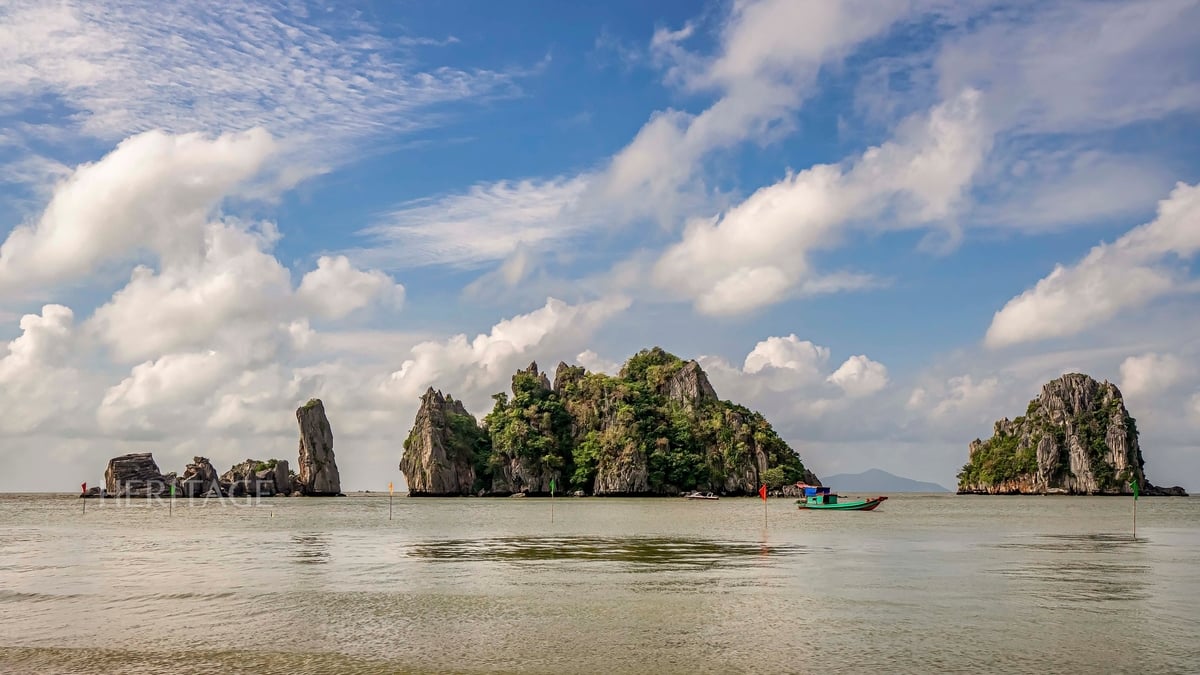
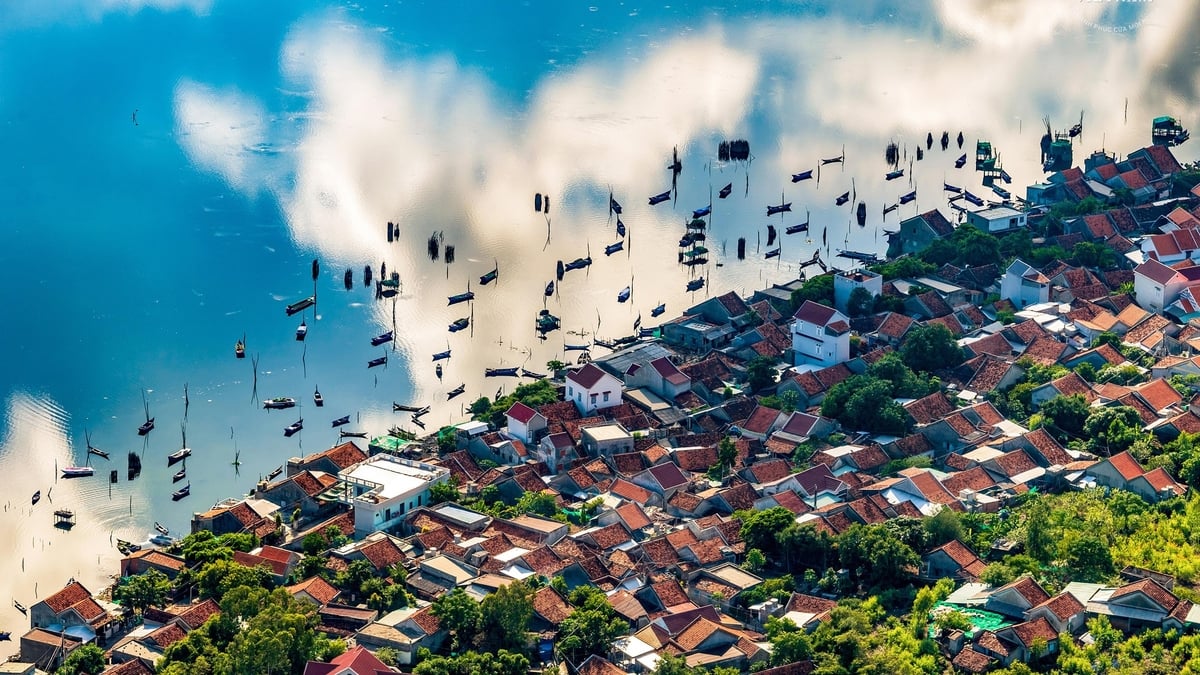



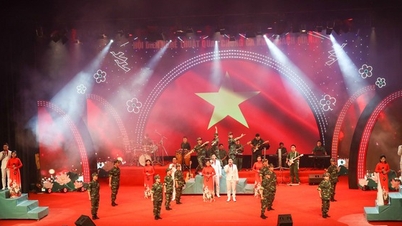











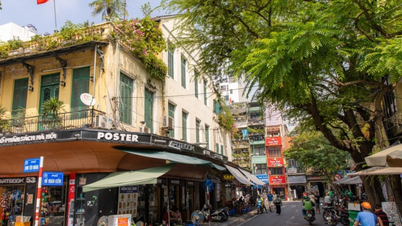
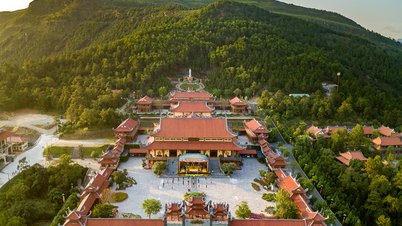
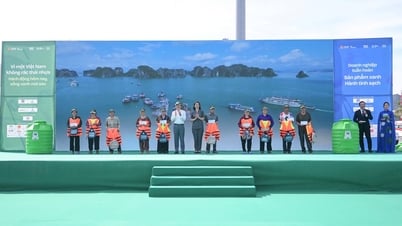
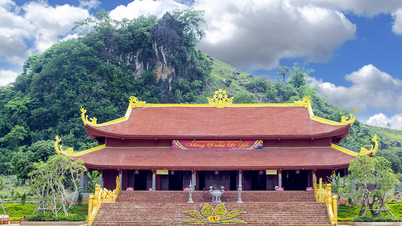
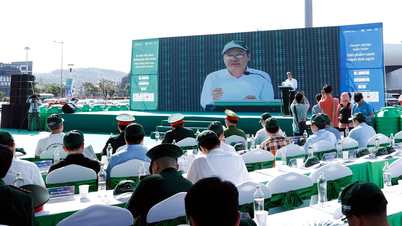









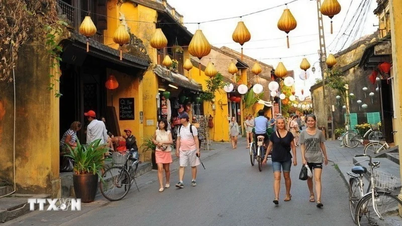

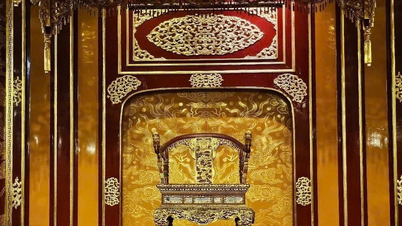

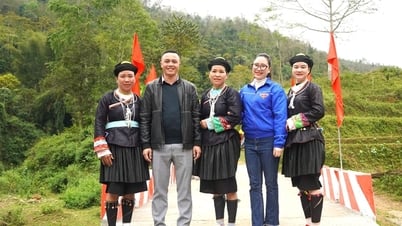















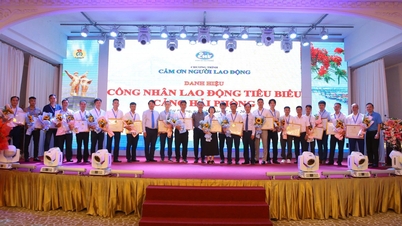







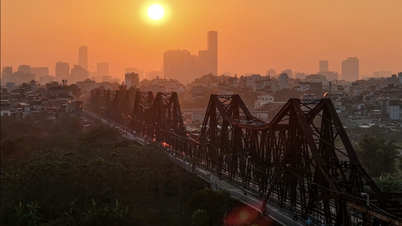




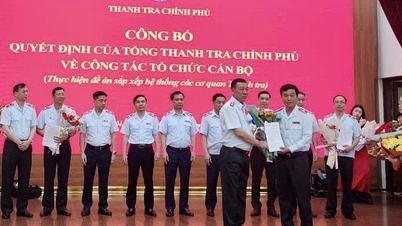

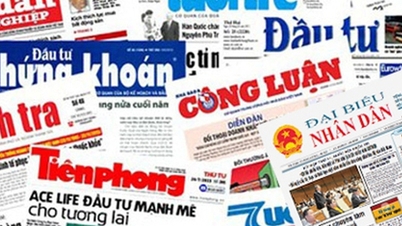
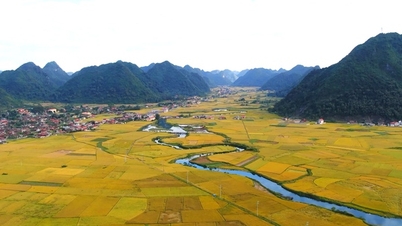
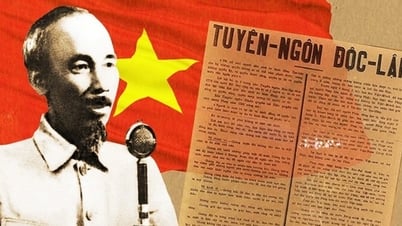


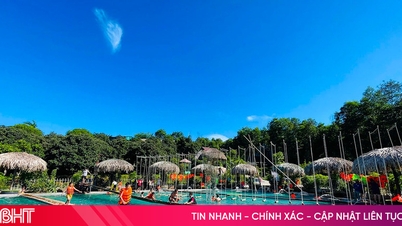



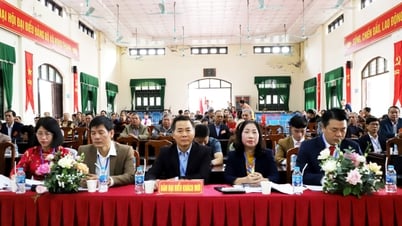
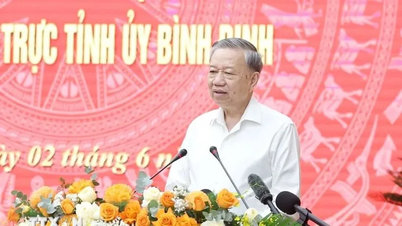

















Comment (0)